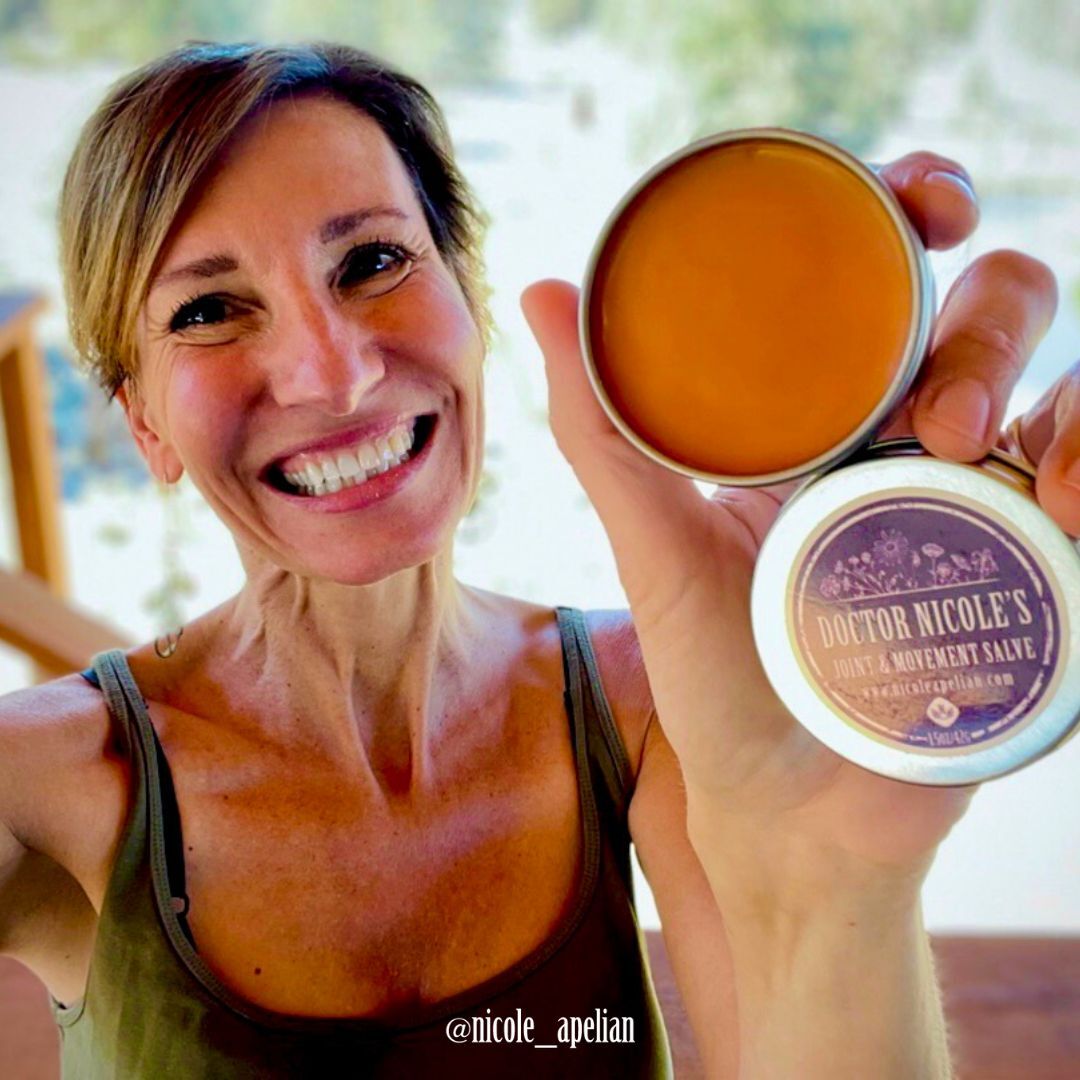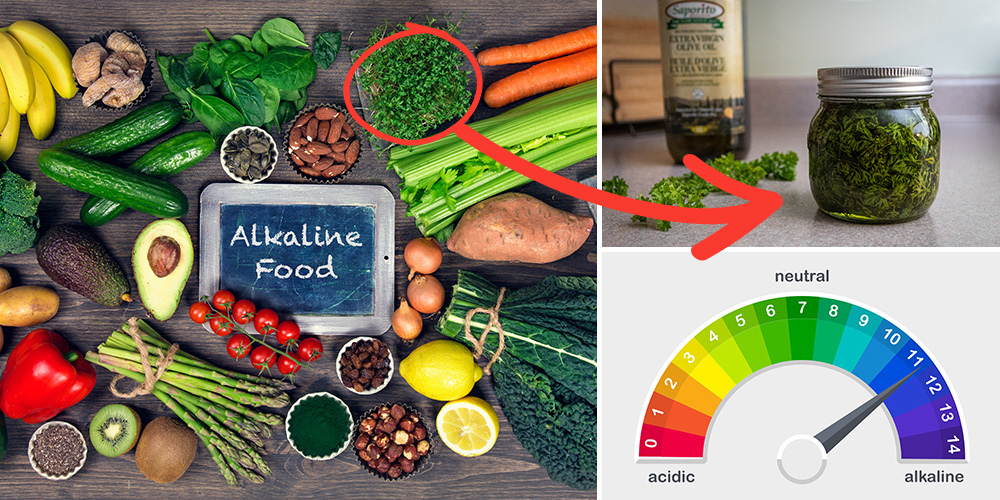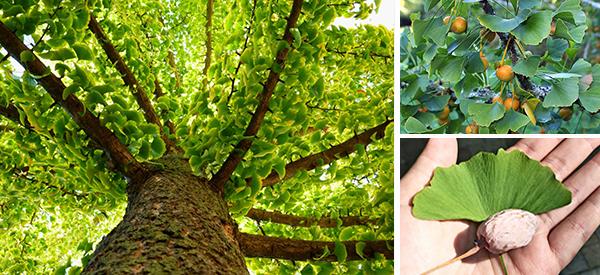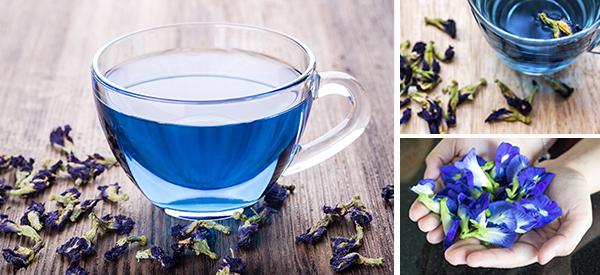
The Anti-Inflammatory Plants You Should Stop Weeding Out
Plants that thrive in unwanted places are considered weeds and are often eradicated. And rightly so—many are invasive, their vegetative growth overwhelming other plants. Some are nearly impossible to remove once their roots take hold. Gardeners often reach for herbicides or spend hours uprooting them by hand. But what if, hidden among these so-called nuisances, there were powerful healers? The Anti-Inflammatory Plants You Should Stop Weeding Out might just be growing in your yard right now—quietly offering more than meets the eye.
Despite their notorious profile, garden weeds are not totally terrible. They have vital roles in protecting the soil by providing it with moisture and keeping it loose. Weeds also prevent soil erosion and provide a habitat for some insects and microorganisms.
Weeds also serve essential functions in human lives. Many of them are handy medicines that possess potent therapeutic properties. Traditional medicines rely heavily on plants and weeds, especially for treatments of idiopathic diseases.
One of the common actions of weeds is reducing inflammation. Inflammation is not an infection but an immune response to protect the body and facilitate healing. The role of anti-inflammatory herbs and weeds is to encourage chemicals like endorphins to boost their functions. It also prevents the cells from producing inflammatory chemicals. The plant compounds work with the body to soothe and reduce inflammation and its accompanying pain.
Common Anti-inflammatory Weeds
A wide range of weeds that litter your lawn may surprisingly be useful to you. If by chance you needed to tame any internal or external inflammation, you can simply look and yank one for immediate relief.
Dandelion
 Dandelion (Taraxacum officinale) is one of the most common and popular lawn weeds, and perhaps the most annoying. Dandelion is often blamed as the culprit in allergies and hay fever. But, it also holds many medicinal benefits such as removing toxins that cause inflammation and boosting the body’s immune defense.
Dandelion (Taraxacum officinale) is one of the most common and popular lawn weeds, and perhaps the most annoying. Dandelion is often blamed as the culprit in allergies and hay fever. But, it also holds many medicinal benefits such as removing toxins that cause inflammation and boosting the body’s immune defense.
Dandelion contains the compound taraxasterol, an antioxidant that fights off inflammation. It also helps regulate the white blood cells to prevent them from overreacting.
To make use of dandelion’s healing properties, just pluck out the plant, dry its roots and grind it into powder. Take 2 to 3 tbsp of the root powder and boil it in a cup of water for 5 minutes. Strain and drink it daily for gastrointestinal and lung problems, arthritis pain, goiter and high blood pressure.
For skin problems, break the dandelion stem and apply the sap on the affected area and let dry before washing.
If you can’t find enough of those herbs in your area, or they don’t seem reliable, don’t worry. I’ve got your back! I found some time ago a soothing blend that relieved me from knee pain in minutes! It’s anti-inflammatory and famous for alleviating arthritis pain. I’ll leave a link for you HERE to check out the Joint & Movement Salve.
Plantain
 Plantain (Plantago major) is more than just a weed because it is considered one of the best healing plants in the world. Common plantain has a range of therapeutic properties such as analgesic, antimicrobial and anti-inflammatory. It is often used in treating pain and inflammation in wounds and skin infections.
Plantain (Plantago major) is more than just a weed because it is considered one of the best healing plants in the world. Common plantain has a range of therapeutic properties such as analgesic, antimicrobial and anti-inflammatory. It is often used in treating pain and inflammation in wounds and skin infections.
A poultice of plantain leaves can cure the sting from insect bites and heal superficial burns. If you have conjunctivitis, just warm a few plantain leaves and extract the juice. Place it in the eyes to reduce the swelling and irritation.
Aside from the external application, drinking plantain tea leaves is also helpful in issues pertaining to digestion, respiration and heart problems.
Clover
 Clovers, from the genus Trifolium, are generally considered weeds even if some gardeners cultivate them as ornamental plants. Red clover (Trifolium pratense) and white clover (Trifolium repens) make a nice addition to the lawn and provide more than just an aesthetic appeal.
Clovers, from the genus Trifolium, are generally considered weeds even if some gardeners cultivate them as ornamental plants. Red clover (Trifolium pratense) and white clover (Trifolium repens) make a nice addition to the lawn and provide more than just an aesthetic appeal.
Red clover is essentially useful in illnesses associated with the lungs and liver. Its leaves and flowers contain the highest concentration of anti-inflammatory actions that are extracted for medicinal use. It can also reduce hypertension and support immune functions.
A tincture of red clover is the best form of the herb for alleviating inflammation. You can prepare it by adding 200 grams of dried red clover leaf in one liter of 100 proof vodka in a glass jar. Shake the jar, seal and keep it in a dark area for 21 days, shaking regularly. Red clover contains phytoestrogens, so men should not take this daily, and women with hormonal imbalances should consult their healthcare provider for guidance.
Use 10 drops of the tincture in a glass of water and take it twice a day for all sorts of inflammations.
Borage
 Borage (Borago officinalis), also known as the starflower, has subtle blue star-shaped blooms. It is a beneficial weed favored by gardeners to coexist with vegetables for its ability to improve their tastes.
Borage (Borago officinalis), also known as the starflower, has subtle blue star-shaped blooms. It is a beneficial weed favored by gardeners to coexist with vegetables for its ability to improve their tastes.
Borage is also valued for its super-effective actions on autoimmune diseases like lupus. Chewing borage leaves clear out congestion and respiratory inflammations. Its crushed leaves make an excellent poultice for skin inflammations caused by bug bites, eczema or psoriasis. Borage flower infusion is also best for alleviating other inflammations like arthritis, gout and breast inflammation when breastfeeding.
Burdock
 Burdock (Arctium minus) grows in the wild and is disliked by travelers for its Velcro-like burrs. The burrs attach themselves to clothing and animal furs and are hard to remove. But, burdock is one of the commonly-foraged weeds for treating inflammatory disorders.
Burdock (Arctium minus) grows in the wild and is disliked by travelers for its Velcro-like burrs. The burrs attach themselves to clothing and animal furs and are hard to remove. But, burdock is one of the commonly-foraged weeds for treating inflammatory disorders.
Burdock is effective against hypertension, rheumatism, skin diseases and respiratory disorders. In folk medicine, burdock is used in alleviating inflammations during and after child delivery. Many herbalists also look into the effectiveness of burdock against gonorrhea and syphilis.
To benefit from the alterative and anti-inflammatory properties of burdock, just prepare a decoction of its roots and drink it thrice a day. You may also use its dried or fresh leaves instead of, or in combination with, the roots.
Horsetail
 Horsetail (Equisetum arvense) is said to be a surviving prehistoric plant while most of its families are already extinct. The plant can survive almost anywhere, even in poor soil conditions. Its rapid growth and difficult removal make it one of the most annoying weeds to deal with.
Horsetail (Equisetum arvense) is said to be a surviving prehistoric plant while most of its families are already extinct. The plant can survive almost anywhere, even in poor soil conditions. Its rapid growth and difficult removal make it one of the most annoying weeds to deal with.
This anti-inflammatory weed has excellent actions in the effective healing of minor wounds and burns. In the body, horsetail aids the cells and prevents them from producing too many inflammatory molecules. It also contains silica that not only improves bone health but also balances the immune effect on the cells.
Horsetail is best for an overactive immune system, arthritis pain and all type of inflammations. The fertile stalks of the plant can be eaten as a salad. For medicinal preparation, the dried horsetail stalks are prepared as infusion or decoction and taken for any inflammatory pains. Also, it’s a great plant for external care, especially hair health!
Ground Ivy
 Ground ivy, or creeping Charlie (Glechoma hederacea), is an aromatic evergreen creeping plant thriving in damp and disturbed areas. In the garden, creeping Charlie can be a quite troublesome weed and is difficult to manage on turf.
Ground ivy, or creeping Charlie (Glechoma hederacea), is an aromatic evergreen creeping plant thriving in damp and disturbed areas. In the garden, creeping Charlie can be a quite troublesome weed and is difficult to manage on turf.
For centuries, ground ivy served various culinary and medicinal purposes. It is particularly useful in treating inflammation of the sinuses, ear and throat. It can drain mucus from nasal passages and stop the inflammation. Ground ivy is also considered the best weed for digestive problems including colic in babies.
An infusion of ground ivy – prepared by boiling its dried leaves – is taken half a cup daily for inflammation problems. It can also be used as a wash for wounds and conjunctivitis. For sinusitis, you can crush its leaves and snuff it into the nostrils to drain away the mucus.
Purslane
 Purslane (Portulaca oleracea) is a weedy plant naturalized in tropical and temperate regions. This wild-growing succulent is an aggressive grower often frowned upon by gardeners. But when allowed to thrive, the plant serves various purposes as human food, fodder and herbal medicine.
Purslane (Portulaca oleracea) is a weedy plant naturalized in tropical and temperate regions. This wild-growing succulent is an aggressive grower often frowned upon by gardeners. But when allowed to thrive, the plant serves various purposes as human food, fodder and herbal medicine.
Traditionally, purslane is used for treating insect bites and wounds due to its analgesic and anti-inflammatory properties. It contains kaempferol, a flavonoid compound that reduces vascular inflammations; thereby, preventing atherosclerosis and other heart problems.
The best way of consuming purslane is by extracting its fresh juice and taking it with sugar and honey. You can also apply it topically in the affected area to alleviate gout and arthritis pain. Bruise purslane leaves and use them as poultices for wounds and bug bites.
Just remember to be careful about overconsuming purslane. The weed contains oxalic acid that can crystallize as oxalates and form stones in the urinary tract.
Stinging Nettle

A stinging nettle (Urtica dioica) is one of the many weeds you may not want to grow in your garden. A slight brush with its leaves is enough to give you skin irritation. Despite its notorious prickly profile, you may want to think twice before uprooting a stinging nettle though.
The stinging nettle bush has a wide array of use in herbal medicine. Its tea and herbal supplements are most effective against various inflammatory conditions. Nettle is generally used in taming pain caused by gout, arthritis, muscle pain and other locomotor and nerve-related problems. Stinging nettle also cures kidney and urinary problems as well as prostate conditions like benign prostatic hyperplasia.
Stinging Nettle is one of the best plants for relieving allergic inflammation. It’s a wonderful remedy for allergies in general, because it contains flavonoids that actually supress histamine production!
To release the anti-inflammatory benefits of stinging nettles, take a decoction of its leaves twice a day. You may also use the infusion as a warm soak to relieve your aching joints and muscles.
Nettle remedies are incredibly potent and beneficial; I wish everyone could experience their effects firsthand… That’s why if you are not a DIY person, you’re still covered. Dr. Nicole Apelian Ph.D. has developed a quality non-GMO Stinging Nettle Tincture, which is the only trusted source I have online and offline. Check out her certified opinion about nettles HERE in Nicole’s Apothecary!
Chickweed
 Chickweed (Stellaria media) is among the early weeds to sprout in the lawn after winter. Chickweed also tends to be the first plant you weed out because of its annoying growth. However, this herbaceous evergreen is edible and possesses pharmaceutical properties.
Chickweed (Stellaria media) is among the early weeds to sprout in the lawn after winter. Chickweed also tends to be the first plant you weed out because of its annoying growth. However, this herbaceous evergreen is edible and possesses pharmaceutical properties.
Chickweed is highly effective against inflammatory skin diseases like eczema, psoriasis and roseola. It is also an excellent herb for the treatment of chronic inflammatory pains. If you have arthritis or irritable bowel syndrome (IBS), you can trust chickweed to help manage the bugging pain.
When taken internally, chickweed alleviates respiratory complaints and digestive problems. A decoction of chickweed eases pain when consumed and used as bath water or soak. A poultice of its leaves alleviates inflammations, external abscesses and ulcers.
Takeaway
Garden weeds are generally considered unpleasant in lawns and gardens. Most of them are aggressive growers and overwhelm an area in just a short time. Knowing their array of uses may help you decide whether a weed is worth keeping or not.
Weeds offer different pharmaceutical properties. Instead of getting rid of them completely, it may be best to designate a spot for them to thrive. They are only as good as weeds when they grow where they are not wanted. But when cultivated and controlled, these plants are equally useful as ornaments, food, and medicine however you need them.










thank u for this helpful info but ground ivy image is wrong!
the one near my place is similar, I think they’re just different types…
no
Pothos grows like a weedy vine but it’s not creeping Charlie. Creeping Charlie is as small as clover and usually pretty abundant in grassy areas where it grows wild with small purple flowers.
You published a photo of a pothos plant in place of a photo for creeping Charlie (Glechoma hederacea).
Yes pothos plant can be harmful if ingested, I think.
Ignore my comment. Sorry
The borage image is nothing like borage I grow.
That photo of borage is correct. It can also develop pink blossoms.
I agree the ground ivy is a picture of Pothos. Everyone makes mistakes sometimes just own it. I love all the information Nicole shares.
no… serious mistake
Burdock leaves dried are super effective for burns. The leaves are dampened and then applied directly over the burn even severe ones. Soothing and healing!
Yow, there is a big difference between the photo for ground ivy and actual ground ivy! The photo is a philadendron, which is toxic!! Also, wild purslane does not bloom. I don’t think they are the same plant either. The photo is Portulaca, which is an annual plant that is purchased in garden shops.
Wild purslane has tiny yellow blooms but there are other varieties and they resemble the portulaca but are purslane
Thank you for sharing all your information, I have learn so much from your newletter & your book.
Blessings to you.
be cautious, some of the info is wrong in above article of herbs to ingest
should I trust you? that picture is not even close to being ground ivy/creeping charlie… yikes!!!
Wild Purslane does bloom. Ones in my area have very small flowers though… Arizona.
FYI I’ve read dandelion tea helps urinary retention